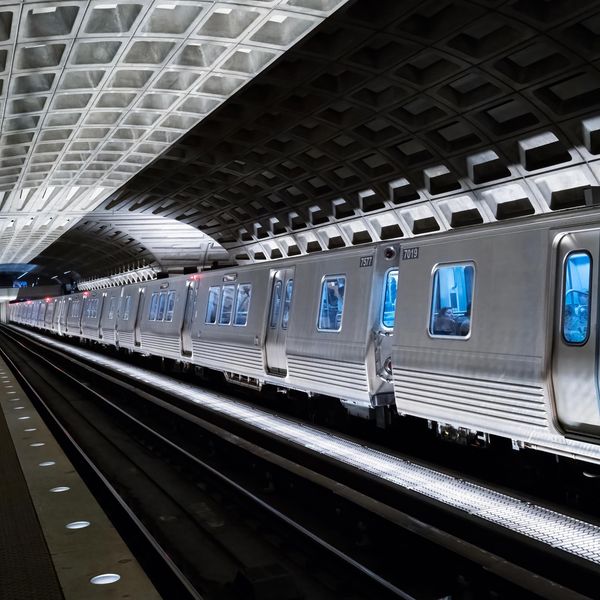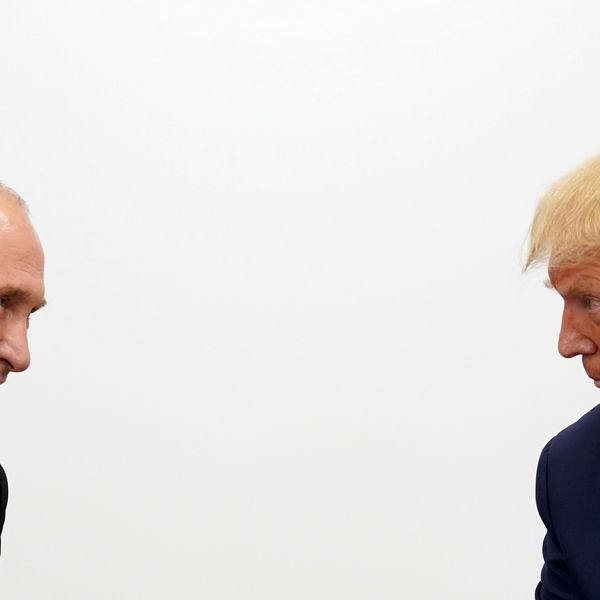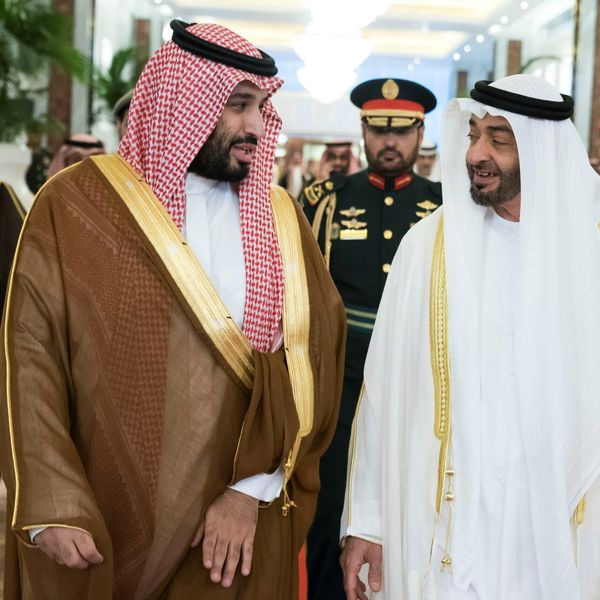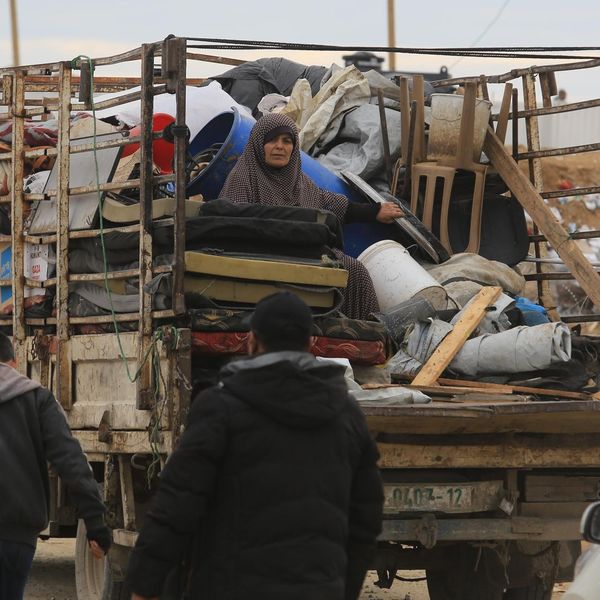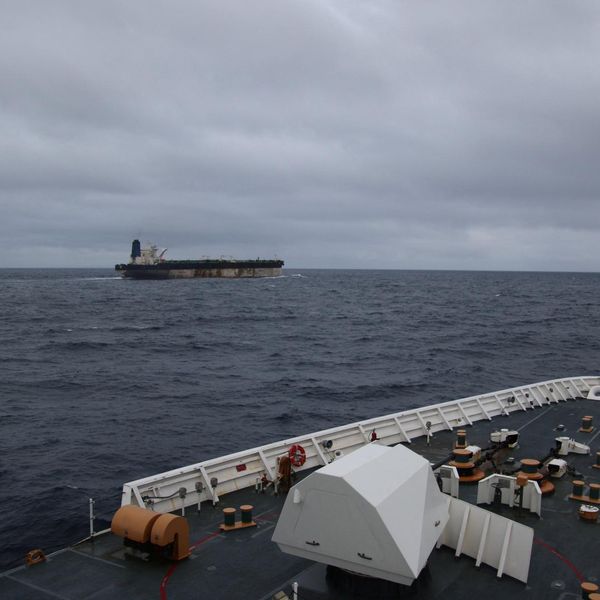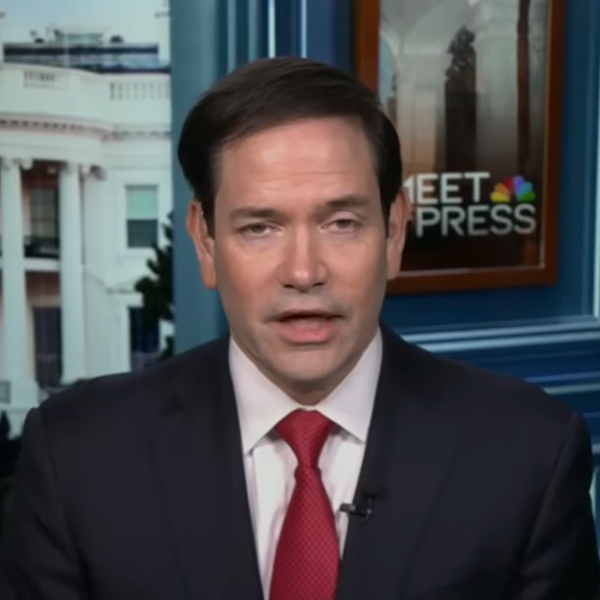The United States is reportedly planning to increase its military presence in Taiwan from nearly 40 to between 100 and 200 military personnel.
According to the first report by The Wall Street Journal last week, the additional troops will arrive in the coming months. The small number of U.S. forces in Taiwan has been growing steadily in recent years from less than two dozen at the start of 2021 to what could be nearly ten times as many by the middle of this year. News of the larger troop presence came on the heels of a high-level meeting between U.S. and Taiwanese officials in Washington last Tuesday. There are also separate reports that 500 Taiwanese troops will be sent to the United States for combat training.
While the total numbers involved are still small, these moves represent significant increases in cooperation between the two governments and could portend larger deployments in the future. As the Journal article states, the planned increase would be “the largest deployment of forces in decades by the U.S. on Taiwan.” The United States and Taiwan have had some military cooperation and unofficial ties despite the lack of formal relations between the two, but the difference now is that these ties are becoming stronger and more visible at the same time and therefore harder for the Chinese government to ignore.
The article suggested that the administration had been trying to keep the larger troop presence out of the public eye. According to the report, the training program is one that “the Pentagon has taken pains not to publicize,” but the public also has a right to know about decisions that the government is making that increase the direct U.S. commitment to Taiwan. If the Washington is going to deploy more troops to Taiwan than it has in decades, the public should be aware of it and Congress should be asking pointed questions about the potential implications of these decisions.
The increased troop presence is consistent with the Biden administration’s more overt signals of support for Taiwan over the last two years. The president himself has repeatedly said that U.S. troops would be sent to fight for Taiwan in the event of a Chinese attack, and in so doing he has made a commitment that goes far beyond what the Washington is obligated to do. While administration officials have stuck to the line that there have been no changes to U.S. policy with respect to China and Taiwan, both their words and actions have been saying otherwise.
For its part, the Taiwanese government seems nervous enough about the reporting of the increase that it made a point of clarifying that U.S. troops are not permanently stationed there. It’s true that U.S. troops have been rotated in and out, but this distinction may be lost on the Chinese government when they see more American troops involved in training their Taiwanese counterparts. There needs to be greater clarity about the administration’s plans.
As the United States intensifies its efforts to support Taiwan, it risks further damaging the relationship with China and hamstringing its ability to advance U.S. interests on a wide range of other issues from arms control to climate change. There is also the danger that an increased U.S. military presence in Taiwan could trigger Chinese responses in the form of increased economic warfare and military exercises that would create additional headaches and costs for Taiwan. Combined with Speaker McCarthy’s expected visit to Taiwan in the spring, these moves may lead to another unnecessary confrontation. Insofar as they are perceived as further eroding U.S. commitments to a One China policy, these actions could make the overall situation less stable rather than more.
All of this is happening against a backdrop of generally heightened tensions and a U.S.-led military buildup in the region, including the expansion of the U.S. military presence in the Philippines. Despite brief hopes of a thaw in the relationship after the breakdown resulting from then-Speaker Pelosi’s visit to Taipei last summer, every attempt to repair ties has stalled before it could even begin. As we saw with the overreaction to the incident with the Chinese surveillance balloon and the decision to cancel Secretary Blinken’s visit to Beijing, accidents and mistakes that will sometimes happen with other major powers have become occasions for panic and alarmism rather than the manageable problems that they are.
Under these circumstances, there is a danger that previously routine activities that did not disrupt the bilateral relationship in the past will now be perceived as provocations and lead to strong responses from the other government. To the extent that every incident is treated as a “test” of resolve rather than an irritant to be smoothed over, it becomes practically impossible to stabilize, much less repair, what many would consider to be the most significant bilateral relationship in the world. The balloon incident showed how inadequate our governments’ preparations for crisis management are, and the instinct to cancel diplomatic meetings in response to an incident does not inspire confidence that a more serious clash could be safely navigated.
U.S.-Chinese relations are as bad as they have been since at least the early 1990s, and they are arguably worse than at any time since our governments normalized relations in 1979. During the long period of U.S.-China détente, there would be tensions and sharp disagreements between our governments as there always will be, but the desire on both sides to maintain a stable and productive relationship prevailed to make sure that these were only temporary setbacks. Today, détente has been replaced by a policy of actively pursuing rivalry and containment, which means that every incident will cause an already poor relationship to deteriorate further.
The latest source of tension is the U.S. charge that the Chinese government is considering providing lethal aid to Russia’s war in Ukraine, which Beijing has angrily denied. Washington and Beijing can’t move past the last breakdown in relations before the next problem crops up. The “great power competition” framing of the relationship means that the emphasis is always on point-scoring and one-upping the other side rather than de-escalation.
In general, the United States needs to work on reducing tensions with China, and that definitely means avoiding provocative actions in connection with Taiwan. Jessica Chen Weiss recently made the case for calming things down in an op-ed for The Washington Post: “In the current atmosphere of intense distrust, verbal assurances have to be accompanied by coordinated, reciprocal actions to reduce the risk of a catastrophic crisis.”
It is not enough simply to say that the United States doesn’t seek conflict or a new cold war. The United States has to back up those statements by exercising restraint in what it does and how it talks about the relationship with China. To prevent tensions over Taiwan from getting worse, Washington needs to worry less about building up its military strength in the region and instead focus on reassuring the Chinese government that it does not want to abandon the status quo that has kept the peace for more than 40 years.

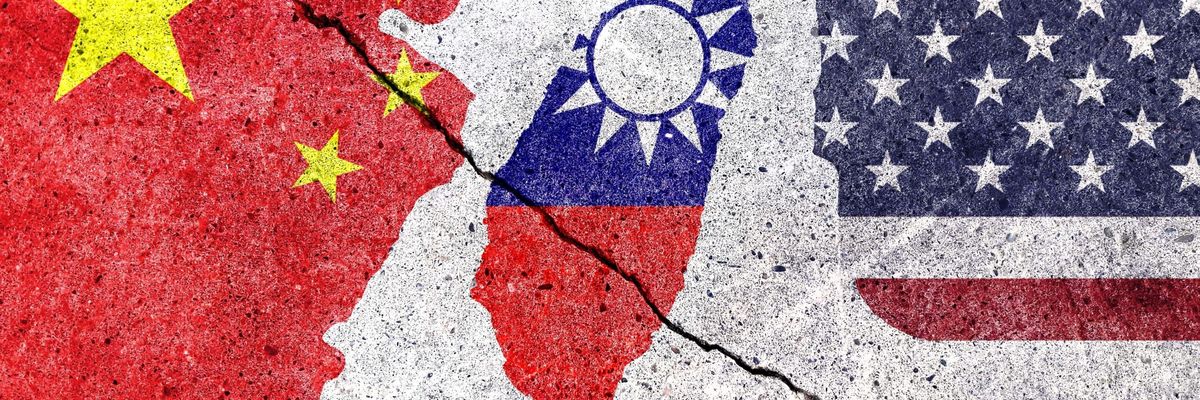

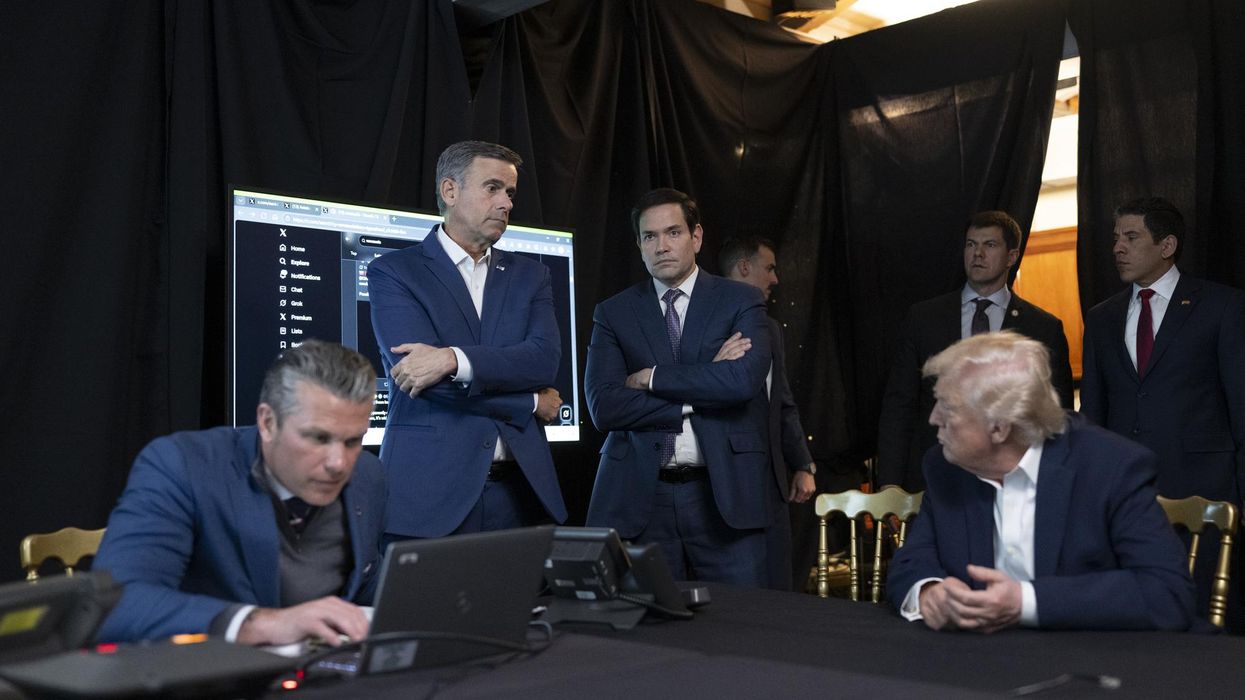
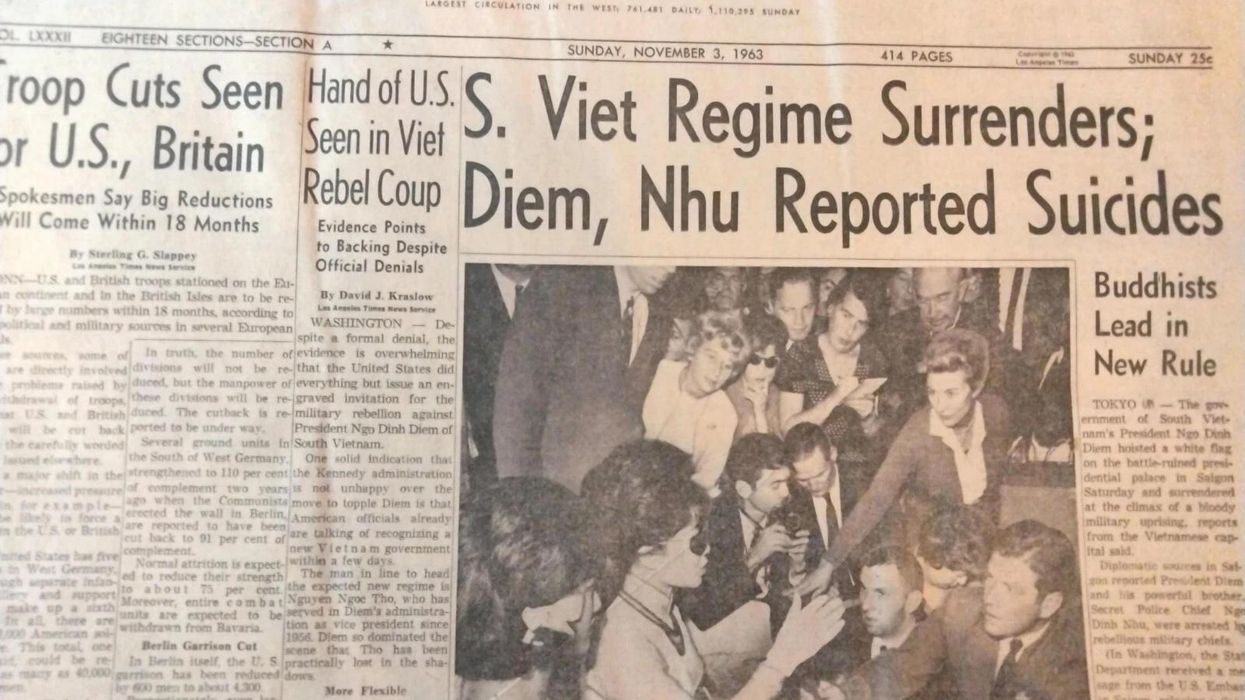
 Top photo credit: Ngô Đình Diệm after being shot and killed in the 1963 coup (US National Archives)
Top photo credit: Ngô Đình Diệm after being shot and killed in the 1963 coup (US National Archives) 